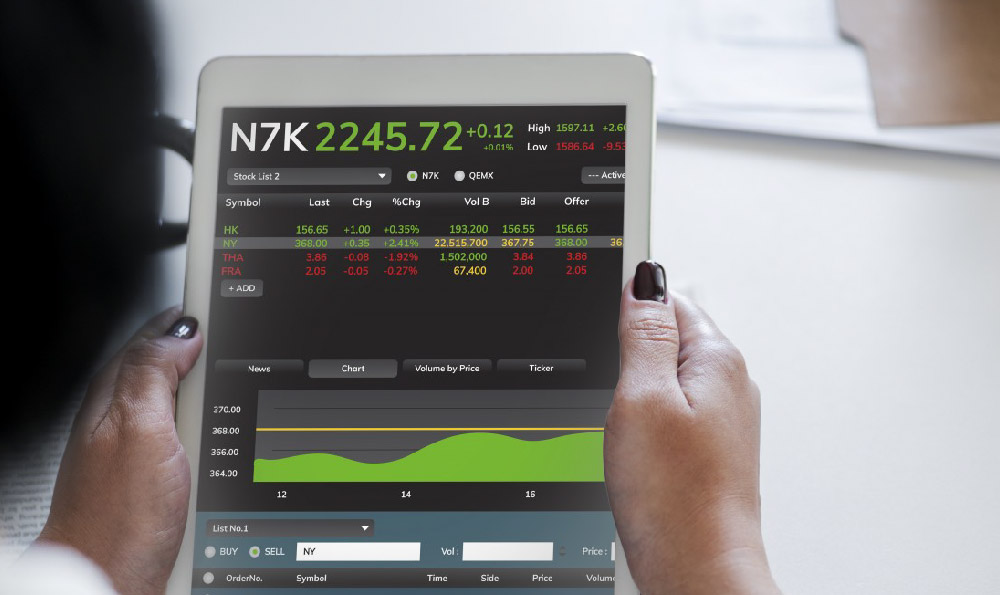Let's delve into the fascinating world of YouTube earnings and explore the various factors that contribute to a creator's potential income. While the dream of overnight riches on YouTube might be alluring, the reality is often more complex and nuanced. Understanding the dynamics at play is crucial for anyone aiming to monetize their content successfully.
The potential earnings on YouTube vary wildly, and there isn't a single, definitive answer to the question of "how much can you earn?" Several factors converge to determine a creator's income, making it a personalized equation. Generally, YouTubers generate revenue primarily through ad revenue (AdSense), sponsorships, affiliate marketing, selling merchandise, and channel memberships. Each avenue presents different earning potentials and dependencies.
Ad revenue, the most common starting point, is generated through Google AdSense. YouTubers earn money when viewers see ads displayed on their videos. The earnings from AdSense are calculated based on two key metrics: CPM (Cost Per Mille) and RPM (Revenue Per Mille). CPM represents the amount advertisers pay for 1,000 ad impressions, while RPM reflects the revenue a creator earns per 1,000 video views after YouTube's share is deducted. The CPM and RPM rates can fluctuate significantly depending on various factors, including the video's niche, target audience demographics, geographic location of viewers, ad formats displayed, and seasonality. For example, channels focused on finance or business often attract higher CPMs than channels focused on gaming or entertainment due to the higher value advertisers place on reaching a financially literate audience. Geographic location plays a crucial role as advertisers in countries with higher disposable incomes are willing to pay more for ad impressions in those regions. Likewise, RPM typically dips after the holiday season, as advertisers pull back on spending following their peak sales periods. While the typical range for RPM is often cited as being between $1 to $5, these are just averages and are affected by the elements previously mentioned.

Sponsorships provide a substantial income stream for many YouTubers. Brands are willing to pay creators to promote their products or services within their videos. The amount a creator can charge for a sponsorship depends on factors such as the creator's subscriber count, average viewership per video, audience engagement, niche relevance, and perceived influence. Micro-influencers (creators with smaller, highly engaged audiences) can sometimes command surprising rates due to their closer relationship with their followers and higher conversion rates. Larger channels can negotiate lucrative deals with major brands, but the competition for these deals is fierce. It's essential for creators to carefully vet potential sponsors and ensure that the products or services they promote align with their brand values and audience interests. Authenticity is key; promoting products that don't genuinely resonate with the creator or their audience can damage trust and negatively impact long-term earnings.
Affiliate marketing presents another avenue for generating revenue. Creators include affiliate links in their video descriptions, and when viewers click on those links and make a purchase, the creator earns a commission. The commission rate varies depending on the affiliate program and the product being promoted. Building a strong relationship with your audience helps immensely. Recommendations from creators who appear genuine and trustworthy hold significantly more weight than blatant advertisements.
Selling merchandise, such as t-shirts, mugs, and other branded products, can also contribute significantly to a creator's income. This avenue requires creators to invest in design, production, and fulfillment, but it can be highly profitable if done well. Channels with a strong brand identity and loyal fan base often find success with merchandise sales. Integrating the merchandise into the channel's content organically is a highly effective way to drive sales.
Channel memberships offer a way for viewers to support their favorite creators directly in exchange for exclusive perks, such as early access to videos, behind-the-scenes content, and personalized badges. The success of channel memberships depends on the perceived value of the offered perks and the strength of the relationship between the creator and their audience. Offering genuinely valuable and unique content is crucial for retaining members.
Beyond these direct monetization methods, several other factors impact YouTube earnings. Video quality, content consistency, audience engagement, and effective channel optimization are all critical. High-quality videos with clear audio, crisp visuals, and engaging editing are more likely to attract viewers and hold their attention. Consistent content creation is essential for maintaining audience interest and growing a loyal following. Engaging with viewers in the comments section, responding to questions, and soliciting feedback can foster a sense of community and encourage viewers to return. Optimizing videos for search, using relevant keywords in titles and descriptions, and creating compelling thumbnails can improve visibility and attract new viewers.
Furthermore, YouTube's algorithm constantly evolves, impacting video discoverability and monetization. Staying up-to-date with the latest algorithm changes and adapting content creation strategies accordingly is crucial for long-term success. YouTube analytics are an essential tool for understanding audience demographics, tracking video performance, and identifying areas for improvement. Regularly reviewing and analyzing these analytics can provide valuable insights into what's working and what's not.
In conclusion, YouTube earnings are determined by a complex interplay of factors. Ad revenue, sponsorships, affiliate marketing, merchandise sales, and channel memberships all contribute to a creator's income. Video quality, content consistency, audience engagement, channel optimization, and adaptation to algorithm changes are crucial for maximizing earning potential. While it's impossible to provide a precise estimate of how much someone can earn on YouTube, understanding these factors empowers creators to develop a strategic approach to monetization and increase their chances of achieving financial success on the platform.












